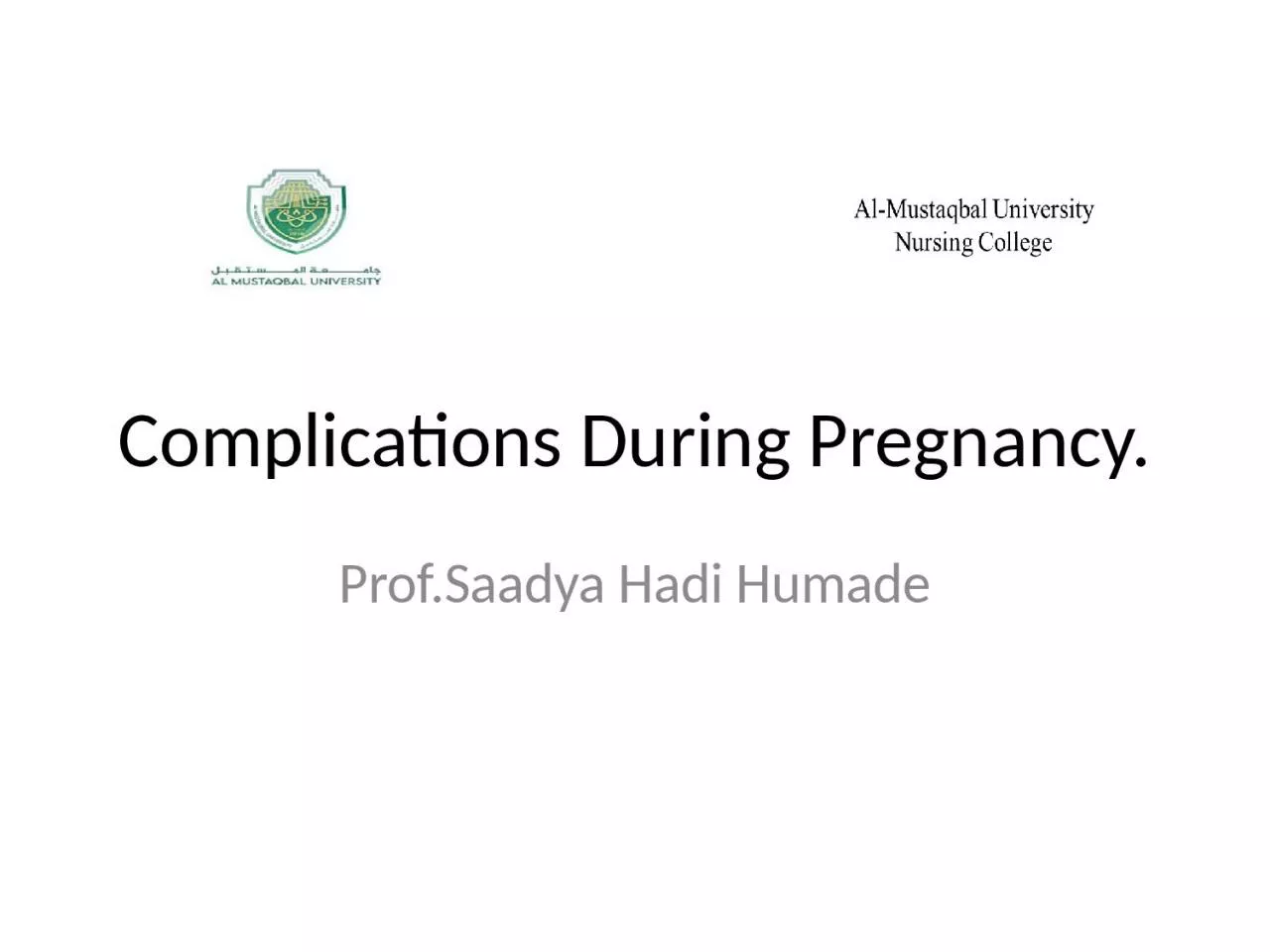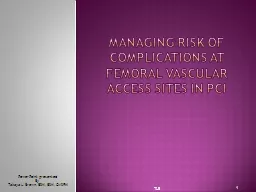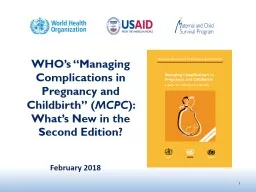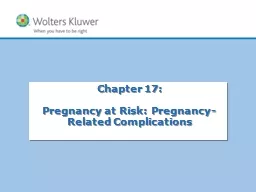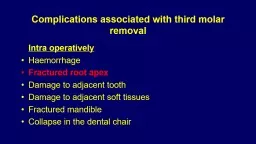PPT-Complications During Pregnancy.
Author : josephine | Published Date : 2024-01-29
ProfSaadya Hadi Humade KEY TERMS abortion age of viability cerclage sĕrKLĂHZH disseminated intravascular coagulation DIC eclampsia ĕKLĂMPsēă erythroblastosis
Presentation Embed Code
Download Presentation
Download Presentation The PPT/PDF document "Complications During Pregnancy." is the property of its rightful owner. Permission is granted to download and print the materials on this website for personal, non-commercial use only, and to display it on your personal computer provided you do not modify the materials and that you retain all copyright notices contained in the materials. By downloading content from our website, you accept the terms of this agreement.
Complications During Pregnancy.: Transcript
Download Rules Of Document
"Complications During Pregnancy."The content belongs to its owner. You may download and print it for personal use, without modification, and keep all copyright notices. By downloading, you agree to these terms.
Related Documents

